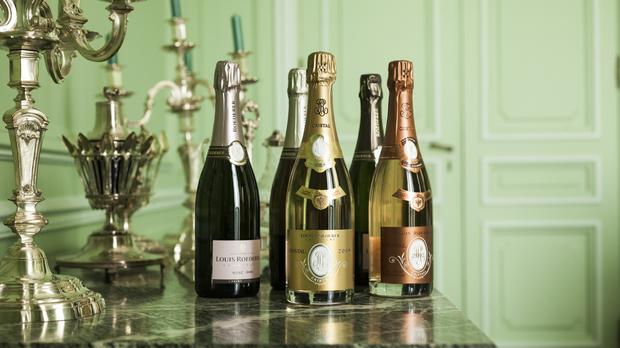Back in 1996, Jean-Baptiste Lécaillon, a young assistant at Louis Roederer Champagne, took on the daunting task of forecasting the next 30 years for the venerable house.
How would the world change for Champagne? And what should Roederer do to adapt to those changes?
The project required a far-reaching understanding of science, politics and wine, and it meant looking both to the future and the past. Although few foresaw it at the time, Champagne was on the brink of a revolution that would transform how the rest of the world looked at the region and its wines, and how Champagne viewed itself.
Today, Louis Roederer is arguably the greatest large-scale producer in Champagne. Each of its wines — from the non-vintage Brut Premier to the prestigious Cristal — is at the top of its form, and each is among the best wines of its kind in Champagne.
Looking to the future
Champagne has come a long way since the mid-1990s when the big houses unquestionably ruled. Many consumers think about it completely differently now, as a wine rather than as festive bubbles divorced from vines and earth.
Back then, the focus of Champagne was the cellar. The shoddy viticulture and the rampant mediocrity of mass-market Champagnes could be ignored by talking up the skill of the master blender, who could mix a little of this and a little of that to create a house style that was repeated year after year, regardless of vintage conditions or vineyards.
more on iol.co.za




